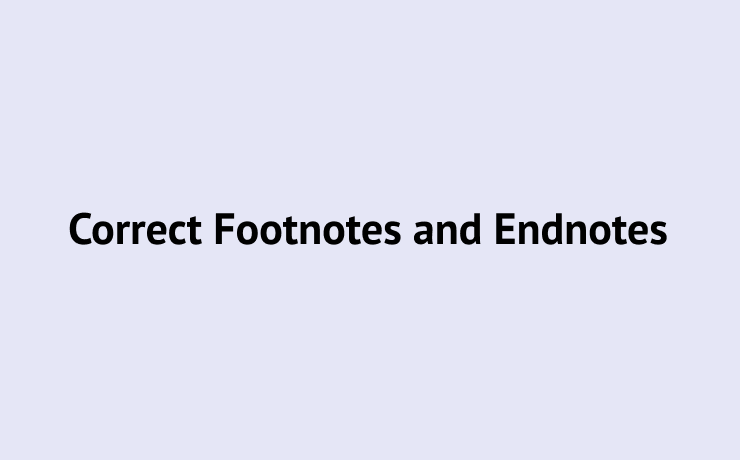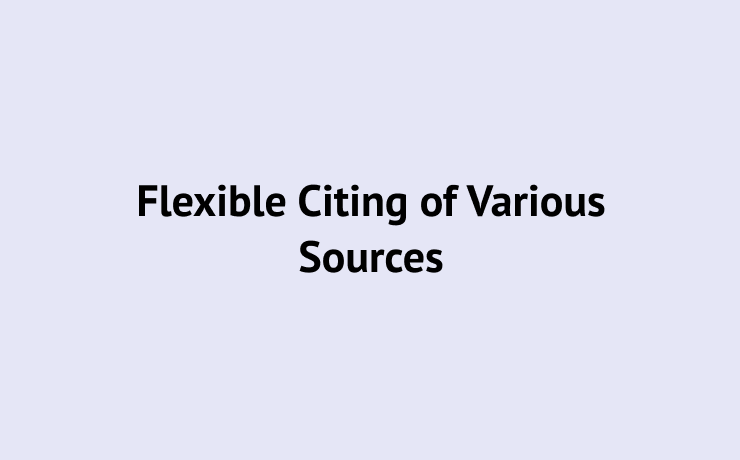Free Chicago Style Citation Generator by AHelp
Explore the simplicity of our intuitive MLA citation tool

Precise Footnote or Endnote Citations
Assure each citation in your paper is accurately referenced using either footnotes or endnotes as specified by the Chicago style. This includes the author's full name, the title of the work, the publisher or source, publication date, and page number(s) if applicable.
Detailed Bibliography
Compile a comprehensive bibliography at the end of the document. Each entry must adhere to Chicago style formatting, which typically includes the author's full name, the title of the work, the publication location, publisher's name, publication year, and the format of the source.
Versatile Source Integration
Accommodate a wide array of source types including books, journal articles, websites, and more, ensuring that each is correctly formatted according to Chicago style guidelines.Efficient Chicago Citation Generator

Chicago style citation generator
Chicago style, currently in its 17th edition, is a popular citation and formatting style in academic and professional writing. It’s primarily used in history and other humanities fields to provide clear citation formats for a wide range of sources. The style was developed by the University of Chicago Press and is distinguished for its comprehensive guidelines covering various aspects of document preparation.
Chicago style is unique for its detailed attention to footnotes and endnotes. It allows writers to provide readers with additional insights or clarifications without disrupting the flow of the text. This style also emphasizes the importance of referencing primary sources directly, advocating for a rigorous approach to academic honesty and integrity.
Chicago VS Turabian
Contrary to common belief, Chicago and Turabian styles are not the same. Developed by Kate L. Turabian, the Turabian style is a simplified version of the Chicago style, aimed at high school and college students who write papers and dissertations that are not intended for publication. On the other hand, The Chicago Manual of Style is aimed at professional scholars, researchers, and publishers.
Notes and Bibliography of Author-date?
The Chicago Manual of Style includes two systems of source citation: notes and bibliography or author-date.
The Chicago Notes and Bibliography (NB) system is frequently used in the humanities to offer writers a structure for citing their sources using footnotes, endnotes, and a bibliography. It gives writers a versatile alternative for referencing and an avenue for commenting on those sources, if necessary. The Notes and Bibliography method, when used correctly, increases the trustworthiness of a writer by displaying adherence to source material. Furthermore, it will protect authors from charges of plagiarism, which is the purposeful or unintentional use of unacknowledged source material provided by others.
The Author-Date system uses in-text parenthetical citations and resembles APA and MLA styles. It’s preferable in sciences and social sciences, where the currency of data is more important.
Chicago Style Footnote generator
Footnotes are a distinctive feature of Chicago style, providing additional information or citations without interrupting the text. They appear at the bottom of the page and are numbered consecutively. The footnote format typically includes the author’s name, the title of the work (shortened if necessary), and page numbers.
In a book:
- Author’s first and last names,
- Title of the Book
- (Place of publication: Publisher, year),
- Page number.

In a journal article:
- Author’s name,
- “Title of Article,”
- Title of Journal
- Volume,
- no. Issue (Year):
- page number.

Chicago style bibliography generator
In Chicago style, the bibliography is a comprehensive list of all sources referenced in the work. It should be alphabetized by the author’s last name and formatted with a hanging indent. The general format includes the author’s name, the title of the work, the publication details, and, for journal articles, the issue, volume number, and page numbers.
This is how correctly formatted bibliography in a Chicago-style paper should look like according to Kate L. Turabian’s guidelines:
- Center the title Bibliography at the top of the first page.
- Add two blank lines between the title and the first entry.
- Entries appear flush left; leave the right margin “ragged.”
- Apply half-inch hanging indents for each entry.
- Single-space each entry, and add a blank line between entries.
- For multiple works by the same author(s), replace the name(s) with a 3-em dash in all entries after the first.






